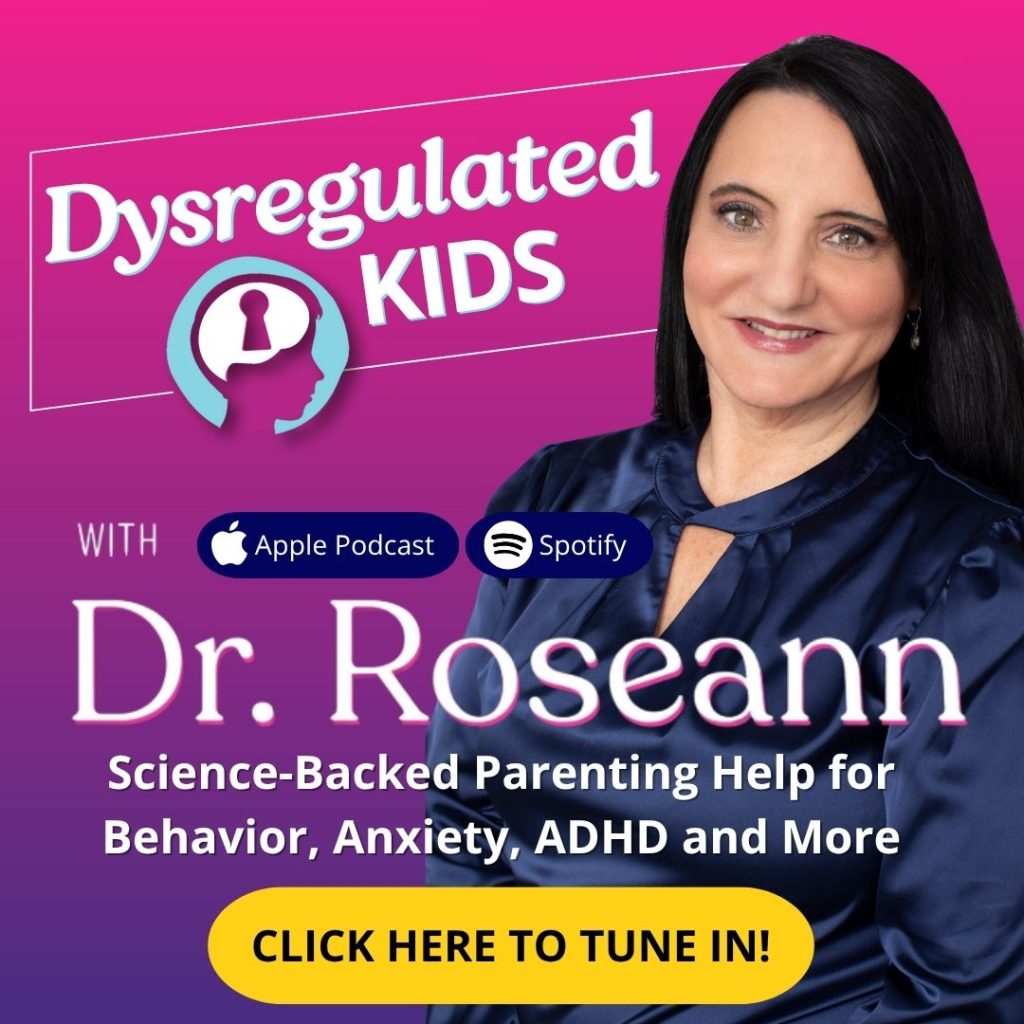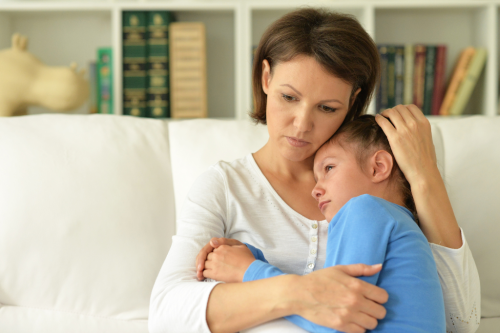Estimated reading time: 8 minutes
This is one practical, hope-filled guide to help your child build focus, flexibility, and follow-through—starting today.
If your child’s behavior feels out of control lately, you’re not alone. As a clinician and mom, I’ve supported thousands of families whose kids struggle with attention and big emotions.
The good news? Simple, daily executive functioning activities calm the nervous system. They strengthen the very skills kids need to thrive.
In this guide, you’ll learn why movement changes the brain and how much activity helps. You’ll also discover 13 exercises you can use at home. Know what to do when motivation is low or life feels hard.
Executive Functioning Activities That Calm ADHD
Executive functions are your child’s brain skills for remembering, switching between tasks, and stopping to think before acting. When a child is dysregulated, these go offline. It means hello distractibility, meltdowns, and homework battles.
Behavior is communication. It’s the brain saying, “I’m overwhelmed.”
Why Movement Works
Aerobic and coordinated activities increase blood flow to the frontal lobes. It supports neurotransmitters that power attention and mood.
Randomized and meta-analytic research shows that physical activity improves cognition and reduces ADHD symptoms (Stern et al., 2019; Ng et al., 2017; Xie et al., 2021).

How Much Movement Does a Dysregulated Brain Need?
Think dose, not perfection.
- 15 minutes of vigorous play (sprints, trampoline) before school or homework
- 30–60 minutes of moderate activity (brisk walk, biking, swimming) daily
- “Sprinkles” of movement: 3–5 minute active breaks each hour
John J. Ratey, MD: “Exercise is like ‘Miracle-Gro’ for the brain.”
13 Executive Functioning Exercises Families Can Do
Pick 3–5 favorites and rotate them. Small, consistent wins change the brain.
(This is Regulation First Parenting™ in action: Regulate → Connect → Correct.™)
1. Nature Bursts (Walks or Scooter Rides)
Rhythmic sights/sounds soothe the nervous system and sharpen selective attention.
2. Trampoline or Rebounding
Vestibular + proprioceptive input calms while waking up focus. Try 100 jumps to a song; finish with slow bubble breaths.
3. Cross-Crawls & Other Bilateral Patterns
Cross-body moves integrate the left/right brain and boost working memory. Try seated or standing cross-crawls, figure eights, and ankle taps.
4. DIY Obstacle Course
Add rules (“crawl when I say blue,” “throw on three”) to build inhibition and cognitive flexibility. Let your child design it—hello planning.
5. Bubble Breathing (Mindful Exhale)
Slow, long exhales (make bigger bubbles!) shift an anxious body into calm focus.
Script: “In through the nose… slow bubble breath out.”
6. Swimming or Water Play
Full-body pressure provides calming proprioceptive input. It’s excellent for maintaining sustained attention. Magnesium-salt baths are a gentle evening fallback.
7. Team Sports—With Scaffolding
Great for inhibition, cooperation, and quick decision-making. Preview rules, use visual cues (where to stand; what “ready” looks like).
8. Eye-Spy Nature Scavenger
Search for “five circles” or “something purple”—trains selective attention and working memory. Teens can photo-hunt.
9. Yard Work & Gardening (Heavy Work)
Raking, wheelbarrow, watering: functional movement that organizes behavior.
10. Climbing (Playground or Rock Wall)
Problem-solving + sequencing = planning in action. Spot and scaffold to build confidence.
11. Martial Arts
Structured repetition + belt goals improve inhibition and goal-directed persistence. Sensory-friendly classes exist!
12. Strategy & Board Games
Teach turn-taking, planning, and working memory (Uno, Set, chess, Ticket to Ride). For teens, allow strategy video games in limited, coached doses.
13. Catch & reaction drills
Toss with call-outs (“left,” “blue,” “two claps”) to train response inhibition and rapid shifting. Micro-drills before thinking tasks pay off.

Getting Kids To Move (Without Bribes)
Power struggles mean the nervous system is already hot. Regulate. Connect. Correct.™
- Offer a choice of two (“trampoline or bubbles?”).
- Use a when-then routine (“When we jump 3 minutes, then snack”).
- Body-double: move with your child—kids co-regulate off your calm.
Russell A. Barkley, PhD: Executive function is the brain system for “purposeful, goal-directed, problem-solving behavior.”
Building Confidence with Brain-First Movement
(FOR THE NON-SPORTY KID)
It’s not bad parenting—it’s a dysregulated brain. Many kids feel anxious or defeated in team settings.
Try These Swaps
- Solo wins: biking, swimming laps, yoga, martial arts
- Micro-goals: “5 accurate throws,” not “a full game”
- Sensory-first: heavy work (wall pushes, carrying laundry) before homework
Adele Diamond, PhD: “EF skills are more strongly associated with school readiness than IQ.”
Do Digital Tools Strengthen or Stress A Dysregulated Brain?
Screens can both help and harm. Strategy games may support planning and persistence. But fast, high-dopamine games can spike dysregulation.
Smart Screen Tips
- Movement first, screen second (prime the brain).
- Choose games with strategy, planning, and creativity
- Keep devices out of bedrooms to protect sleep (sleep = regulation).
Red Flags That Say It’s Time For Extra Support
Parents often ask, “How do I know when to get help?” Look for:
- Daily meltdowns or aggression
- School refusal or plummeting grades
- Big anxiety or withdrawal
- Ongoing sleep disruption
When these show up, add support. Research shows aerobic and structured physical activity improves executive function and reduces ADHD symptoms across ages (Stern et al., 2019; Ng et al., 2017; Xie et al., 2021). Then layer in therapies—because strategies work best when the brain is calm.
Next Steps To Consider
- QEEG-guided programs and neurofeedback
- Parent coaching grounded in Regulation First Parenting™
- At-home tools (e.g., CALM PEMF®), sleep/nutrition routines, and school supports
Bringing It All Together: Hope and Next Steps for Your Child
When you calm the brain first, everything changes. Your child’s focus improves, learning becomes possible, and confidence starts to grow.
Small, playful executive functioning activities like cross-crawls, obstacle courses, or trampoline jumps can lead to big wins. Every step, every laugh, and every practice helps your child’s brain grow stronger.
Make simple, daily changes. Explore the ADHD Parent Kit to discover science-backed options tailored to your child’s unique needs. Because when we regulate first, everything else can finally follow.
FAQs About Executive Functioning Activities
How fast will we see changes?
Many families notice easier transitions within 1–2 weeks of daily activity sprinkles. Bigger gains build over 4–8 weeks.
Are executive functioning activities enough without therapy or medication?
They’re a powerful foundation. Some kids also benefit from therapies or medication. The key is regulation, followed by coaching and correction.
What if my child refuses everything?
Start with 2 minutes of heavy work (pushing the wall, carrying laundry). Keep choices tiny and pair with connection (you do it together).
Does intensity matter?
Yes. Vigorous bursts (jumps/sprints) quickly prime attention; moderate sessions (walks/biking) sustain mood and focus through the day.
Terminology
- Executive Functions: The brain’s self-management system for planning, focus, and follow-through.
- Working Memory: Holding and using information while doing something else.
- Cognitive Flexibility: Shifting between ideas or rules without melting down.
- Inhibition: The pause button—resisting impulses and waiting your turn.
- Proprioception (“heavy work”): Muscle-joint input that calms and organizes.
- Co-regulation: Your calm presence helps your child’s brain calm and learn.
Citations
Stern, Y., MacKay-Brandt, A., Lee, S., McKinley, P., McIntyre, K., Razlighi, Q., Agarunov, E., Bartels, M., & Sloan, R. P. (2019). Effect of aerobic exercise on cognition in younger adults: a randomized clinical trial. Neurology, 92(9), e905-e916. https://doi.org/10.1212/WNL.0000000000007292
Xie, Y., Gao, X., Song, Y., Zhu, X., Chen, M., Yang, L., & Ren, Y. (2021). Effectiveness of Physical Activity Intervention on ADHD Symptoms: A Systematic Review and Meta-Analysis. Frontiers in Psychiatry, 12, Article 706625. https://doi.org/10.3389/fpsyt.2021.706625
Feng, L., Li, B., Yong, S.S., Tian, Z., Li, B., Su, S.Y., et al. (2024). Effects of Exercise Intervention on Physical and Mental Health of Children and Adolescents with Attention-Deficit/Hyperactivity Disorder: A Systematic Review and Meta-analysis Based on ICF-CY. Journal of Science in Sport and Exercise. https://doi.org/10.1007/s42978-024-00295-8
Always remember… “Calm Brain, Happy Family™”
Disclaimer: This article is not intended to give health advice, and it is recommended to consult with a physician before beginning any new wellness regimen. The effectiveness of diagnosis and treatment varies by patient and condition. Dr. Roseann Capanna-Hodge, LLC, does not guarantee specific results.
Are you looking for SOLUTIONS for your struggling child or teen?
Dr. Roseann and her team are all about science-backed solutions, so you are in the right place!
©Roseann Capanna-Hodge










